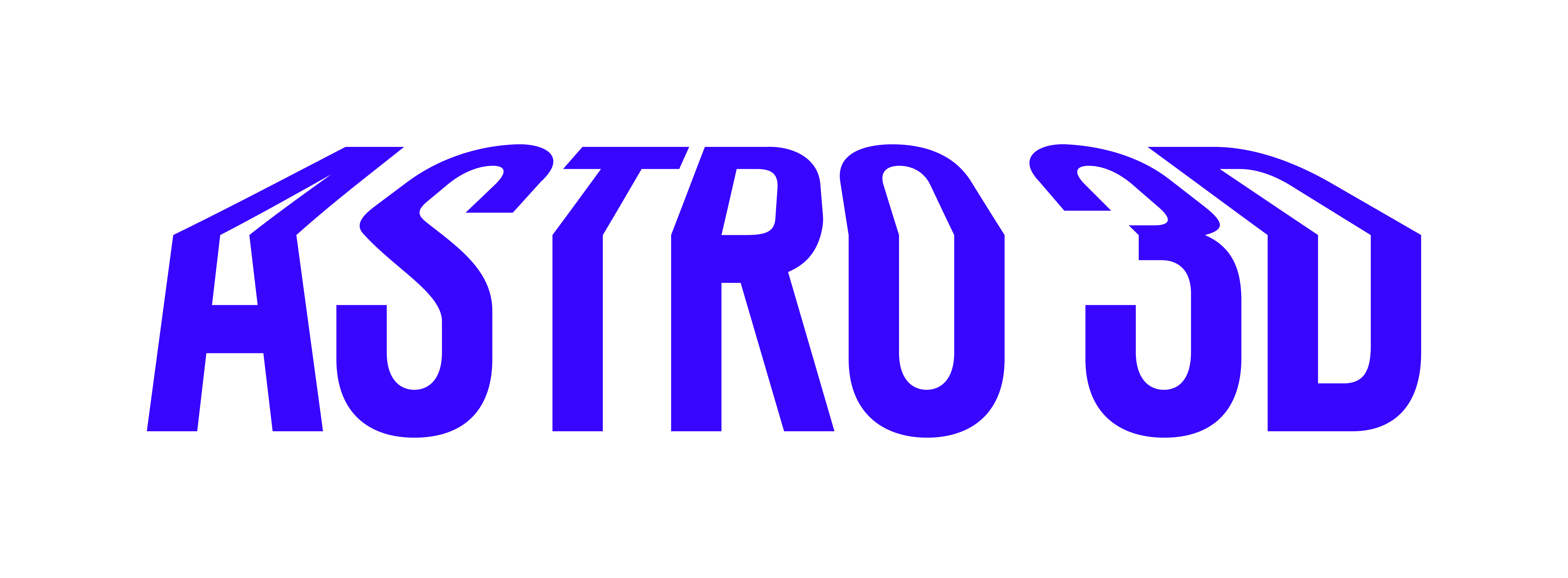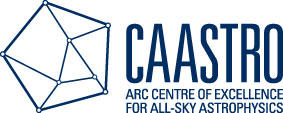Authors
Brough, Sarah; van de Sande, Jesse; Owers, Matt S.; d'Eugenio, Francesco; Sharp, Rob; Cortese, Luca; Scott, Nicholas; Croom, Scott M.; Bassett, Rob; Bekki, Kenji; Bland-Hawthorn, Joss; Bryant, Julia J.; Davies, Roger; Drinkwater, Michael J.; Driver, Simon P.; Foster, Caroline; Goldstein, Gregory; López-Sánchez, Á. R.; Medling, Anne M.; Sweet, Sarah M.; Taranu, Dan S.; Tonini, Chiara; Yi, Sukyoung K.; Goodwin, Michael; Lawrence, J. S.; Richards, Samuel N.
Abstract
We examine the kinematic morphology of early-type galaxies (ETGs) in eight galaxy clusters in the Sydney-AAO Multi-object Integral-field spectrograph Galaxy Survey. The clusters cover a mass range of 14.2 < {log}({M}200/{M}⊙ )< 15.2 and we measure spatially resolved stellar kinematics for 315 member galaxies with stellar masses 10.0< {log}({M}* /{M}⊙ )≤slant 11.7 within 1 R 200 of the cluster centers. We calculate the spin parameter, λ R , and use this to classify the kinematic morphology of the galaxies as fast or slow rotators (SRs). The total fraction of SRs in the ETG population is F SR = 0.14 ± 0.02 and does not depend on host cluster mass. Across the eight clusters, the fraction of SRs increases with increasing local overdensity. We also find that the slow-rotator fraction increases at small clustercentric radii (R cl < 0.3 R 200), and note that there is also an increase in the slow-rotator fraction at R cl ˜ 0.6 R 200. The SRs at these larger radii reside in the cluster substructure. We find that the strongest increase in the slow-rotator fraction occurs with increasing stellar mass. After accounting for the strong correlation with stellar mass, we find no significant relationship between spin parameter and local overdensity in the cluster environment. We conclude that the primary driver for the kinematic morphology-density relationship in galaxy clusters is the changing distribution of galaxy stellar mass with the local environment. The presence of SRs in the substructure suggests that the cluster kinematic morphology-density relationship is a result of mass segregation of slow-rotating galaxies forming in groups that later merge with clusters and sink to the cluster center via dynamical friction.




